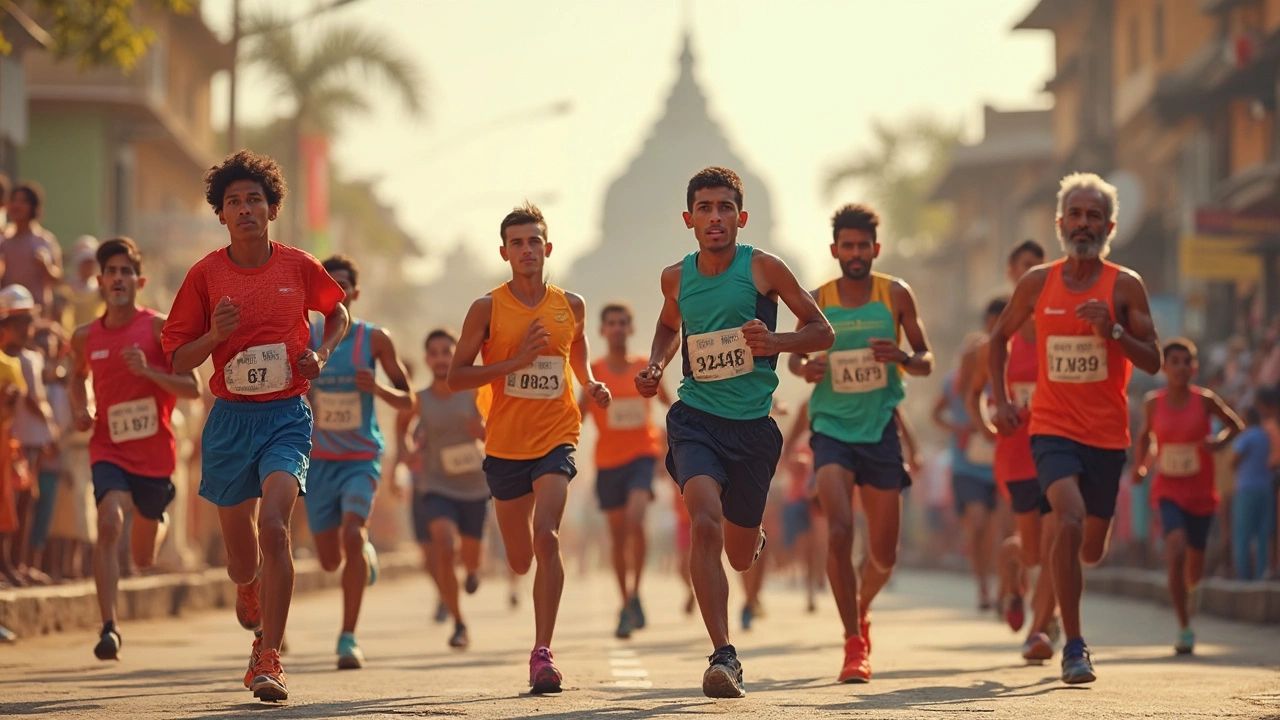Marathon Age: What Happens When You’re Young, Middle‑Aged, or Over 50
If you’ve ever wondered whether age is a real barrier to running a marathon, you’re not alone. The truth is, age does affect how your body reacts to long runs, but it doesn’t have to stop you from crossing the finish line. In this guide we’ll break down what changes at different ages, how to tweak your training, and what recovery tricks keep you injury‑free.
How Age Changes Your Body on Long Runs
When you’re in your 20s, your VO₂ max – the measure of how much oxygen your muscles can use – is near its peak. Your muscles recover quickly, and you can tolerate higher mileage without a lot of soreness. Hit your 30s, and you’ll notice a slow dip in VO₂ max, plus a slight loss of muscle elasticity. That means you’ll need more warm‑up time and a bit more focus on strength work to keep joints stable.
Cross the 40‑year mark and recovery becomes a bigger issue. Hormonal shifts lower testosterone and growth hormone, slowing tissue repair. You might feel tighter calves or achy knees after a long run that used to feel easy. The key is to add extra rest days, stretch regularly, and incorporate low‑impact cross‑training like cycling or swimming.
For runners over 50, the biggest challenge is maintaining bone density and joint health. Calcium, vitamin D, and weight‑bearing exercises become essential. Warm‑up routines should include dynamic moves – leg swings, hip circles – to keep joints lubricated. You’ll also notice that your heart rate doesn’t bounce back as fast, so monitoring intensity with a heart‑rate monitor helps avoid over‑training.
Training Tweaks for Every Age Group
Young adults (20‑30): Keep the mileage steady but add speed work once a week. Intervals, tempo runs, and hill repeats boost cardio capacity while still allowing for quick recovery.
30‑40 year olds: Shift focus to a balanced mix of mileage, strength, and flexibility. Add two strength sessions weekly – squats, lunges, core work – to protect knees and hips. Reduce back‑to‑back long runs; instead, do a 20‑mile run followed by a shorter, easy run the next day.
40‑50 year olds: Prioritize quality over quantity. Aim for three solid running days, one long run capped around 18‑20 miles, and two cross‑training days. Keep a log of how you feel after each session; if soreness lasts more than two days, cut back a bit.
50+ runners: Embrace a “run‑smart” approach. Long runs should stay below 15 miles unless you’ve built up slowly over years. Include a weekly “recovery run” of 4‑5 miles at an easy pace. Strength training becomes crucial – focus on glutes, hips, and core to support the lower back.
Across all ages, hydration, sleep, and nutrition are non‑negotiable. Aim for 7‑9 hours of sleep, drink electrolytes during runs longer than an hour, and fuel with a mix of carbs and protein within 30 minutes after each workout.
Finally, listen to your body. Age is a factor, but motivation, consistency, and smart training beat any number on your birth certificate. Whether you’re 25 or 65, a marathon is still within reach if you respect how your body changes and adjust accordingly.
